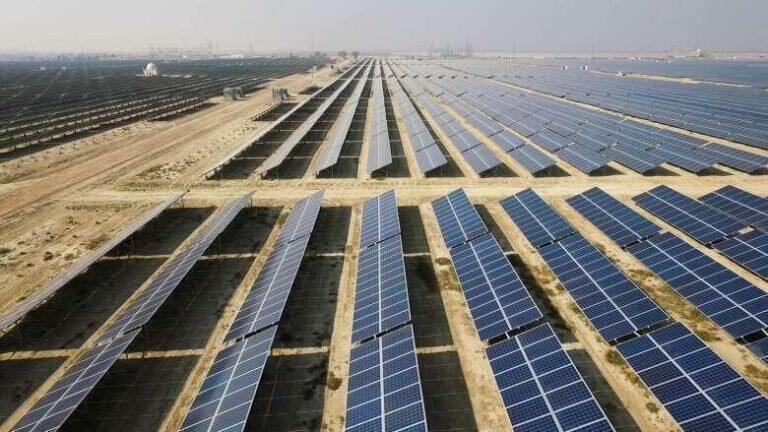
|
Getting your Trinity Audio player ready...
|
Introduction
The agricultural sector in Pakistan has long struggled with unfair market practices, particularly due to the interference of middlemen. Progressive farmers and agricultural experts are now advocating for the establishment of direct farmer-to-consumer sales through makeshift farmers’ markets, modeled on traditional Sunday bazaars, to eliminate unfair profit margins and ensure fair pricing for both growers and consumers.
The Need for Farmers’ Markets in Pakistan
Farmers in Pakistan face significant economic challenges due to low crop prices, climate change, and a lack of direct market access. Many growers have to rely on middlemen, who manipulate prices and take a significant share of the profits. Direct farmer-to-consumer sales can address these issues by allowing farmers to sell their produce directly to buyers, ensuring better earnings and fresher products for consumers.
Benefits of Farmers’ Markets
1. Eliminating Middlemen and Their Monopoly
According to Syed Zarar Haider Shah, a progressive livestock farmer from Tando Allahyar, setting up farmers’ markets could be a game-changer for Pakistan’s agriculture. Countries like the United States, Canada, and India already have thriving farmers’ markets where growers sell directly to consumers without intermediaries.
- Farmers can maximize profits.
- Consumers get fresh and reasonably priced produce.
- Local economies benefit from reduced dependence on large traders.
2. Access to Organic and Inorganic Produce
There is an increasing demand for organic produce worldwide due to its nutritional benefits. Farmers’ markets can provide consumers with the option to choose between organic and inorganic fruits and vegetables, promoting healthier lifestyles.
3. Reduced Transportation Costs for Farmers
Ali Palh, Advocate and President of the Small Growers’ Organisation of Sindh Agriculture Research Council (SARC), highlights that farmers often incur high transportation costs when delivering produce to major city markets like Karachi and Hyderabad.
- Travel time is reduced, allowing farmers to sell at lower prices.
- Growers retain control over pricing and sales.
- Prices remain stable without middlemen’s interference.
Challenges Faced by Farmers in Pakistan
1. Declining Crop Yields Due to Climate Change
Progressive farmer Nazo Dharijo from Nawabshah explains that landlords and small farmers alike are struggling due to falling crop yields caused by extreme weather conditions such as heatwaves and erratic rainfall patterns.
- Farmers are forced to abandon agriculture and seek alternative livelihoods.
- Crops like wheat and sugarcane are being sold below production costs.
- Livestock is being fed wheat in Punjab due to falling market prices.
2. Government’s Ineffective Market Infrastructure
According to Nabi Bux Sathio, Senior Vice President of the Sindh Chamber of Agriculture, there are 82 markets across Sindh, but only two functional markets in Karachi and Hyderabad, known as Sabzi Mandis.
- The government established 82 markets after the 1973 Constitution, yet most have failed.
- The Director General (DG) Market Committees post created three years ago has had no impact.
- Plots in Karachi’s Sabzi Mandi are encroached upon, preventing farmers from selling their produce.
- A farmers’ market model could revitalize these underutilized markets.
Proposed Solutions for a Sustainable Farming Economy
1. Converting Existing Markets into Farmers’ Markets
Sathio suggests renaming the 82 existing markets to farmers’ markets and making them fully operational. This would allow traders and growers to have a 40% and 60% share respectively in each designated market.
2. Government Support and Policy Implementation
The government must take immediate steps to support the farming community:
- Allocate funds for the development of farmers’ markets.
- Enforce policies to prevent middlemen exploitation.
- Educate farmers on direct sales strategies.
- Introduce subsidies to offset production costs.
3. Encouraging Local Farmers to Participate
To ensure the success of these markets:
- Farmers need awareness campaigns on the benefits of direct sales.
- Consumer interest must be increased through marketing initiatives.
- Local bodies should facilitate farmers by reducing market fees and ensuring security.
Frequently Asked Questions (FAQs)
1. What is the purpose of a farmers’ market?
Farmers’ markets allow direct sales from farmers to consumers, eliminating middlemen and ensuring fresh, reasonably priced produce.
2. How can farmers benefit from direct sales?
Farmers can earn more profit, avoid middlemen’s exploitation, and sell fresh produce at stable prices.
3. Why are Pakistani farmers facing economic difficulties?
Low crop prices, high production costs, climate change, and market monopolies controlled by middlemen have weakened the agricultural sector.
4. Are farmers’ markets successful in other countries?
Yes! Countries like the United States, Canada, India, and European nations have successful farmers’ markets that benefit both producers and consumers.
5. What role can the government play in setting up farmers’ markets?
The government can provide infrastructure, financial support, and policies to facilitate direct sales and remove the monopoly of middlemen.
Conclusion
Establishing farmers’ markets across Pakistan can significantly improve the livelihoods of small and large-scale farmers, ensuring fair pricing, fresh produce for consumers, and a thriving agricultural sector. With proper government support, farmer education, and consumer awareness, direct farmer-to-consumer sales can become the future of Pakistan’s agriculture.






